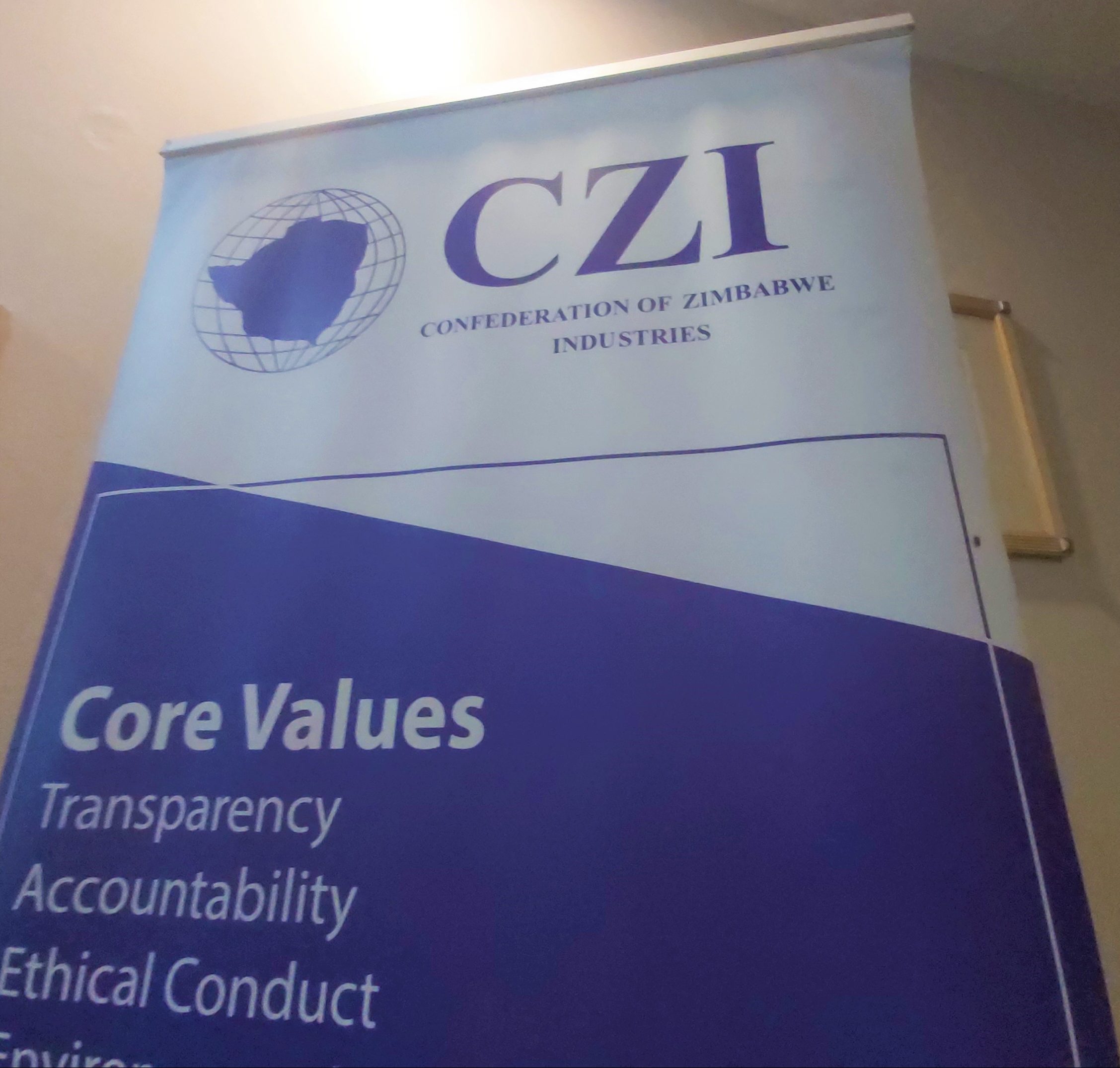Industrial output jumps 30pc in 2021
OUTPUT from Zimbabwe’s manufacturing sector jumped 30 percent last year, compared to the same period in 2020, driven by growth in industrial capacity utilisation due to improved access to foreign currency for key imports.
Critically, it emerged Zimbabwe’s industrial sector added a fifth of the new jobs it created in 2020, as the economy continues to show strong signs of progress towards recovery.
Confederation of Zimbabwe Industries (CZI) chief economist Cornelious Dube said industrial performance improved since the relaunch of the forex auction system by the Reserve Bank of Zimbabwe (RBZ) in June 2020.
The auction resulted in improved access to the much needed foreign currency on the official market, as opposed to the illegal parallel market where hard currency sells at a premium.
Mr Dube said consumer demand also firmed during the 2021,in tandem with the ;increased output levels. As such, units sold during the year also increased by 32 percent.
The industrial lobby group is due to release results of its annual manufacturing sector survey, anytime from now.
“Output for the manufacturing sector increased by 30 percent in 2021, according to our survey. Output increased in line with the growth in capacity which increased by 25,6 percent.
The industrial lobby said the number of new jobs created increased by 20 percent compared to 2020, which CZI believes was significant and showed growing confidence in the economy.
“There were improvements in access to foreign currency for industry retooling and acquiring raw materials, which enhanced total output,” he said at the virtual Engineering, Iron and Steel Association of Zimbabwe (EISAZ) Second Quarter Business and Leadership Conference.
Mr Dube however warned the prevailing inflationary pressures would dampen industry prospects for 2022 and the general economy.
“However, we are likely to see inflation continue rising which will erode consumer spending. Benefits accrued in 2021 will be wiped off as inflation encroaches three-digit level.
“If authorities do not quickly address the widening disparity between official foreign currency exchange rate and the parallel market, then we are also likely to see foreign currency shortages worsen as demand increases. People will purchase foreign currency to hedge against inflation,” he said.
The economy is projected to grow by 5,5 percent in 2022, and CZI has maintained inflation and currency instability will slow down growth as they remain the biggest challenges toperformance.
“The major threat to Zimbabwe’s economic prospects is its inability to successfully manage currency and inflation, which are intertwined. The base effect, which made it easy for Zimbabwe to register rapid deceleration in inflation from a peak of 837,5 percent in July 2020 ended in July 2021 when inflation was 56,4 percent,” said CZI in their Annual Economic and Business Outlook 2022 report.
Inflationary pressures began to emerge at the beginning of September in 2020, which has seen annual inflation increasing from 50,2 percent in August 2021 to 66,1 percent in February 2022.
“The inflation trends generally underline that inflation is not yet under control in Zimbabwe,” said CZI.
Other factors like global trends and developments such as prices of commodities coupled with the conflict in Ukraine are expected to add to the strain and worsen inflationary pressures in the country.
“Given the pressures from the global developments, inflation is expected to only worsen in the outlook, unless there are new measures adopted to deal with the challenge,” said the industry body.-The Herald










